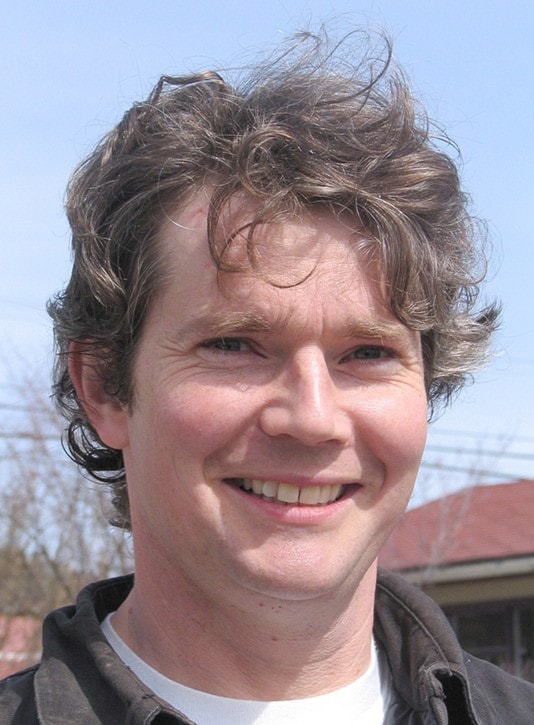Years ago at the school of horticulture in Olds, Alta., I had a professor explain that horticulture was more than simply “how to grow plants”. It was “people and plants”!
All of my first employments in field were pretty solitary. Plowing nursery fields, planting trees — no other people around. Growing 45,000 poinsettias a season in a three-acre greenhouse; watering, fertilizing, spraying, monitoring for growth; inspecting for disease and insects — pretty much no other people around. Growing trees for re-forestation. Nine million seedlings over nine acres of greenhouse and most of the time only two people looking after the crops.
After a few years of this, I picked up a neat job as a technician at the school of horticulture in Langley. Finally, more people and less of the monotony of just crops! My present-day work at the nursery offers a pretty good balance of people and plants.
Plants are easy to read if you understand what you are looking for. Psychologists would probably say the same for people. Species are different. Cultivated varieties of the same species are different. Their genetics make them grow differently. They may have different metabolic rates and responses to their environment. It may be in their genes as a previous adaptation.
For example, in the spring, the black walnut tree leaves out and grows later than most other trees. It is native to the river valleys back east and has adapted to spring flooding conditions associated with the river valleys. These trees would drown if they leafed out quickly in the spring. They are not alone in this adaptation. Locust and honey locust trees also require a lot of heat units to get growing in the spring.
Other factors come into play. Suncrest peach trees developed in California leaf out early in spring but produce late season fruit while the Harrow Diamond peach developed in Ontario leaves out later than the Suncrest but produces the earliest peaches because the more southern peach requires less chilling time over winter to get growing again in spring. Southern fruit growers need trees that thrive under short winter conditions while we in the north face other concerns like winter hardiness.
It is no secret that apricot trees can be “allergic” to sulphur sprays. The normal dormant season fruit tree spray can be quite damaging to apricot trees, as it will blister the bark and burn off the buds. When I look at the sprays given to some of the neighbouring orchard crops, I would venture to say that Lapin cherries don't appreciate sulphur sprays either. Perhaps their bark doesn’t peel but their leaves hang low for several days afterward.
When plants are growing well, their new growth may become off-colour, sometimes red or sometimes a light yellow. They can't make chlorophyll fast enough to keep up with new growth. This is a good sign. Healthy plants have leaves that are held up and out. Leaves should get a little bigger through the season. It is normal enough for a healthy plant to drop a few of the older smaller leaves and cycle their nutrients into new and more efficient upper leaves. With all of the dry weather we had earlier in spring, you will have to keep a close eye on the irrigation.
Evan Davies owns Beltane Nursery at 2915 Highway 3 in Erickson.
